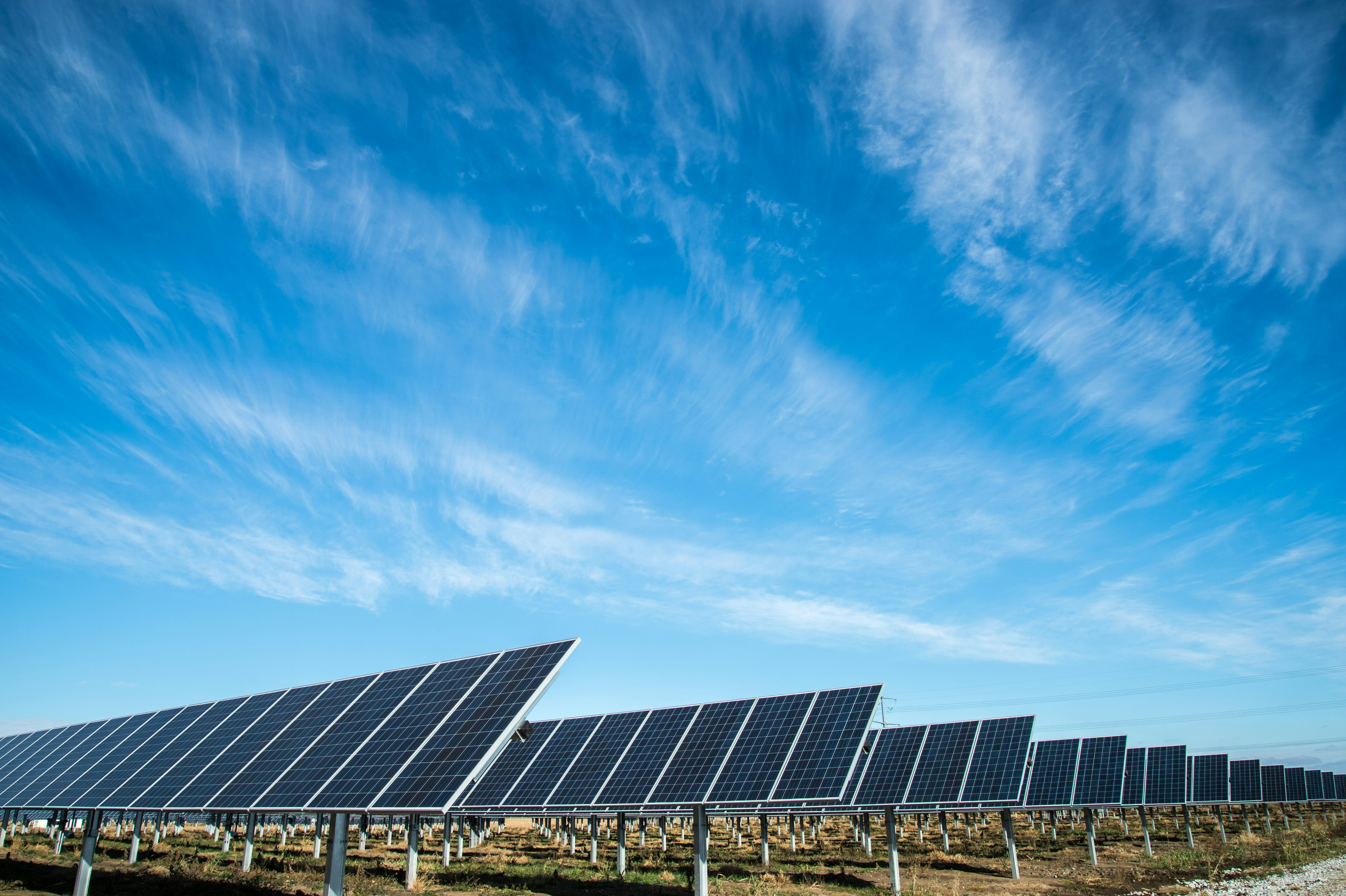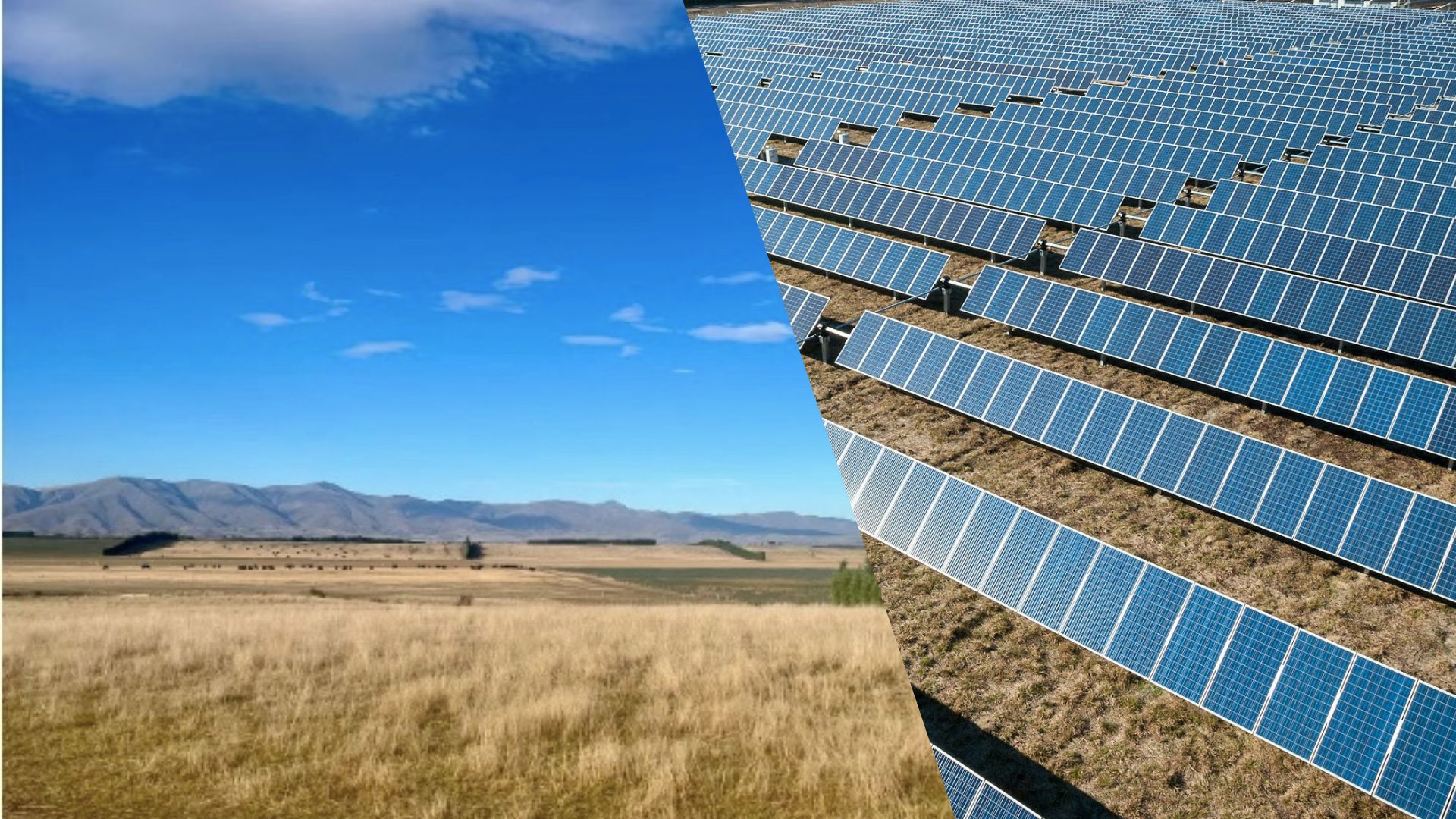Hearing opens on proposed Maniototo solar farm
Kim Bowden l The Central App
19 August 2025, 6:30 AM
 Image: Unsplash/American Public Power Association
Image: Unsplash/American Public Power AssociationThe independent hearings panel considering Helios Energy’s application for a large-scale solar farm in the Maniototo opened in Ranfurly on Tuesday (August 19), with a good turnout of locals watching proceedings at the local rugby clubrooms.
Panel chair Louise Taylor kicked off the morning saying the purpose of the three-day hearing was to understand the potential effects on the community and environment so a decision could be made.
“We understand that some people have strong views - that’s great, there’s no problem with that,” she said, asking attendees to remain respectful and keep side conversations to a minimum.
She stressed there would be references made to possible consent conditions throughout the hearing, but members of the public should not assume an outcome based on that.
“That doesn’t mean we’ve made up our mind - we haven’t,” she said.
The panel undertook a site familiarisation visit on Monday, driving public roads around the proposed site.
Louise said this was “really useful to get a sense of the scale of the site, the roads surrounding, and some of the properties surrounding”, and a further visit may be carried out at the end of the week.
Tuesday’s schedule was dominated by expert witnesses presented by the applicant.
Legal counsel for Helios Energy Daniel Minhinnick opened the company’s case, saying New Zealand urgently needed more renewable generation.
“Climate change is a defining issue of our time,” he said.
“New renewable electricity sources will be required to meet these demands. Developing and consenting additional renewable generation capacity across New Zealand is critical for a stable future.”
He said large-scale solar had the lowest visual and environmental impacts of any renewable technology, could be deployed quickly, and complemented pastoral farming.
Helios managing director and co-founder Jeffrey Schlichting also spoke, telling the panel the company had surveyed “the length and breadth of the motu” to identify suitable project sites, and this one “stood out” as an “excellent option”.
He acknowledged community concerns raised to date, saying Helios had shown a “desire to address the concerns” - most notably, through the removal of a proposed battery storage system from the application.
Helios told the panel that work had been done with Fire and Emergency New Zealand (FENZ) in relation to fire risk, and proposed mitigation measures and a draft fire management plan were acceptable to FENZ.
Likewise, back and forth with the Department of Conservation had resulted in a letter of support after ecological concerns were addressed, including setbacks around significant wetlands on the site.
Both men strongly opposed a recommended consent condition requiring the company to provide a bond, describing it as unprecedented in similar projects around the country.
The hearing continues tomorrow, when dozens of local residents are scheduled to speak to their submissions.
Central Otago District Council planning officer Adam Vincent is scheduled to give evidence from tomorrow afternoon.
In a report, he recommended the panel approve the project subject to approximately 47 conditions.
Among measures outlined in his report to address effects were: the development of a glint and glare adaptive management plan; enclosing the facility in a two-metre-high deer fence; installing 12 25,000-litre firefighting water tanks; and carrying out extensive screen planting around site boundaries, acknowledging the planting was expected to take up to five years to be effective given Maniototo’s growing conditions.
Helios Energy is proposing to install approximately 550,000 solar panels at the site, which would have a generation capacity of about 300MW, enough to power the equivalent of 70,000 homes a year.
The dam at Clyde can produce close to 430MW, according to Contact Energy.
Construction is not planned until 2029, and Helios made it clear to the panel they would like green light for 35 years of operations – the expected lifetime of the panels.
Sheep grazing is expected to continue beneath the panels once operational.
Public interest in the project has been significant, with 181 submissions lodged with the council - more than three-quarters opposed.
Have a story to share or comment to make? Contact [email protected]
NEWS
JOBS








